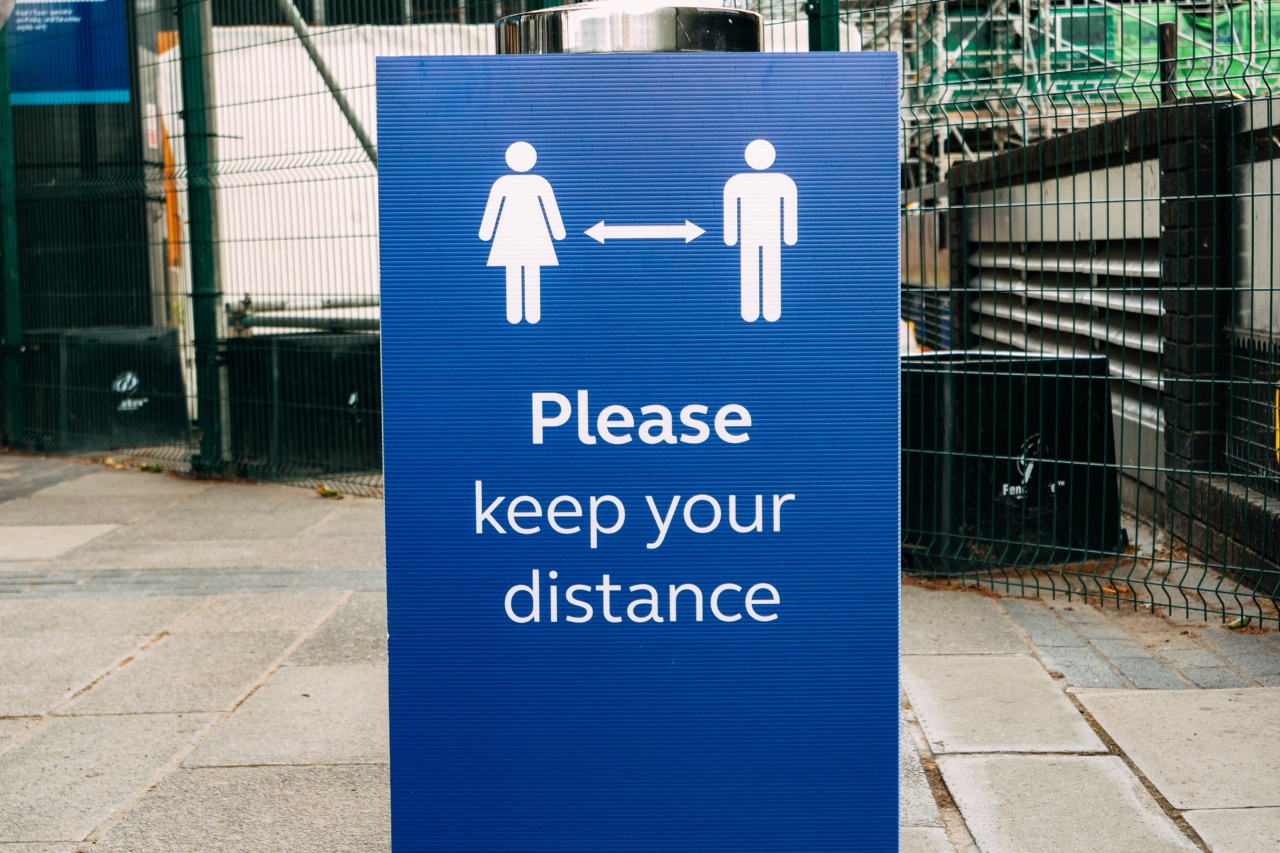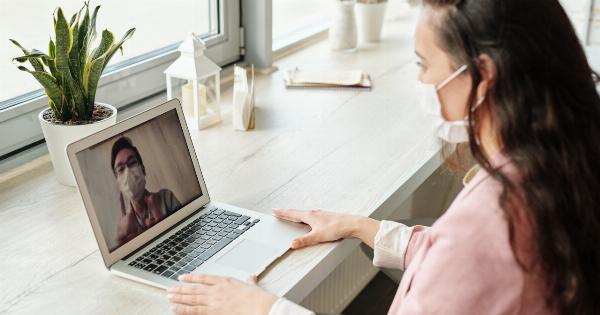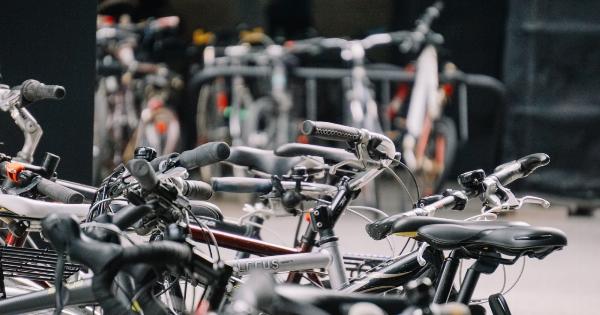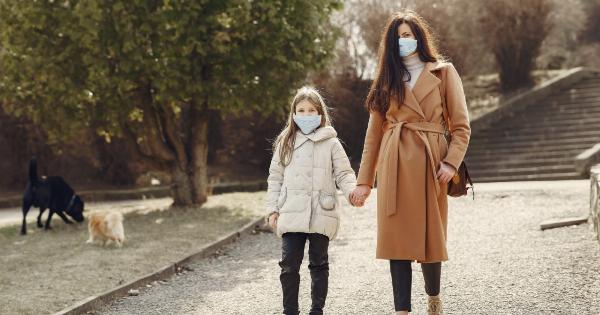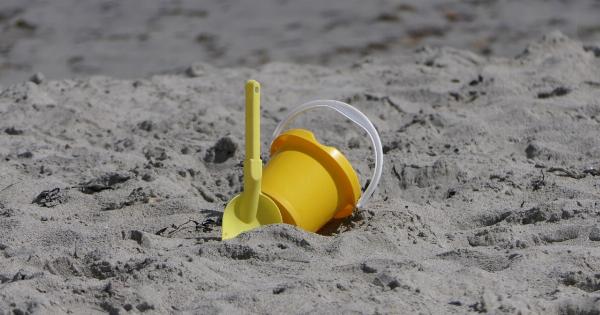Public bathrooms are a necessary convenience in our daily lives, whether we’re at work, shopping, or traveling.
While most people are concerned about germs and cleanliness in these facilities, the hidden danger of public bathrooms lies in the effect they can have on our bladder health. In this article, we will explore the various risks associated with using public restrooms and provide tips to keep your bladder safe.
The Bacteria Issue
One of the main concerns surrounding public bathrooms is the presence of bacteria. Various studies have found that public restroom surfaces, such as toilet seats, flush handles, and doorknobs, can harbor a wide range of harmful bacteria, including E.
coli and streptococcus. These bacteria can be transmitted through direct contact or by touching contaminated surfaces, putting your bladder health at risk.
One of the ways to combat the bacteria issue is by practicing good hygiene. Always remember to wash your hands thoroughly with soap and water after using the restroom.
Additionally, carrying a small bottle of hand sanitizer can provide an extra layer of protection when soap and water are not readily available.
Urinary Tract Infections (UTIs)
Urinary tract infections, commonly known as UTIs, are a major concern when it comes to public bathrooms. UTIs occur when bacteria enter the urethra, causing an infection in the urinary tract.
Women are more prone to UTIs than men due to their shorter urethra, which allows bacteria to travel more easily.
When using a public restroom, it is important to remember certain precautions to avoid UTIs. Firstly, always wipe from front to back after using the toilet. This prevents bacteria from the anus from entering the urethra.
Secondly, try to avoid holding your urine for prolonged periods as it increases the likelihood of bacterial growth. Emptying your bladder regularly flushes out any potential harmful bacteria.
Avoiding Contamination
Contamination is another hidden danger in public restrooms. The high volume of people using these facilities increases the risk of contamination from various sources, such as bodily fluids and skin contact.
Here are a few tips to help you navigate public bathrooms and minimize the risk of contamination:.
1. Use Toilet Seat Covers or Liners
Toilet seat covers or liners can provide a barrier between your skin and the potentially contaminated toilet seat. These disposable covers are usually available in public restrooms, either in a dispenser near the toilets or provided individually.
2. Avoid Direct Contact with Surfaces
Whenever possible, try to avoid direct contact with restroom surfaces. For example, use a paper towel or tissue to touch door handles and faucets instead of using your bare hands. This can help reduce your exposure to potential contaminants.
3. Carry a Travel-Sized Disinfectant Spray
If you are particularly concerned about germs, consider carrying a travel-sized disinfectant spray. Before using the restroom, simply spritz the surfaces you will come into contact with, such as the toilet seat or flush handle.
This extra step can provide additional peace of mind.
Airborne Risks
In addition to bacteria and contamination, public bathrooms also pose airborne risks that can affect your bladder health. When toilets are flushed, a fine mist containing bacteria and viruses can be released into the air.
This is particularly relevant in restroom stalls where there is no lid on the toilet.
To minimize your exposure to these airborne risks, it’s advisable to:.
1. Flush with the Lid Down
Flushing with the lid down can help contain the release of bacteria and viruses into the air. By minimizing the aerosolization of these particles, you reduce your chances of inhaling them or having them settle on your skin or personal belongings.
2. Use Proper Ventilation
If the restroom has a ventilation system, ensure that it is functioning properly. Adequate ventilation can help dissipate any potential airborne contaminants more effectively, reducing your exposure to them.
3. Maintain Distance
Whenever possible, maintain a safe distance from other individuals while using the restroom. This helps to reduce the risk of inhaling any contaminants that may be present in the air.
Finding Clean Facilities
While it may not always be possible to find perfectly clean public restrooms, there are ways to increase your chances of finding facilities that adhere to proper hygiene standards. Here are a few tips:.
1. Research and Plan Ahead
Before embarking on a trip or visiting a new place, take the time to research and identify establishments with reputations for maintaining clean restrooms. Online reviews and travel forums can be valuable resources in this regard.
2. Choose Establishments with Regular Cleaning Schedules
If given the opportunity, choose establishments that have clearly defined and enforced cleaning schedules. Regular cleaning routines ensure that restrooms are well-maintained and decrease the chances of exposure to harmful bacteria.
3. Follow Your Instincts
Your instincts are often a good indicator of cleanliness. If a restroom looks unclean or unsanitary, consider seeking an alternative facility. Trusting your intuition can go a long way in protecting your bladder health.
Conclusion
While public bathrooms are an essential part of our lives, it is important to be aware of the hidden dangers they can pose to our bladder health.
By understanding and implementing the tips discussed in this article, you can minimize the risks associated with using public restrooms and keep your bladder safe. Remember, proper hygiene practices, avoidance of contamination, and taking precautions against airborne risks are crucial in maintaining a healthy bladder while using public restrooms.
